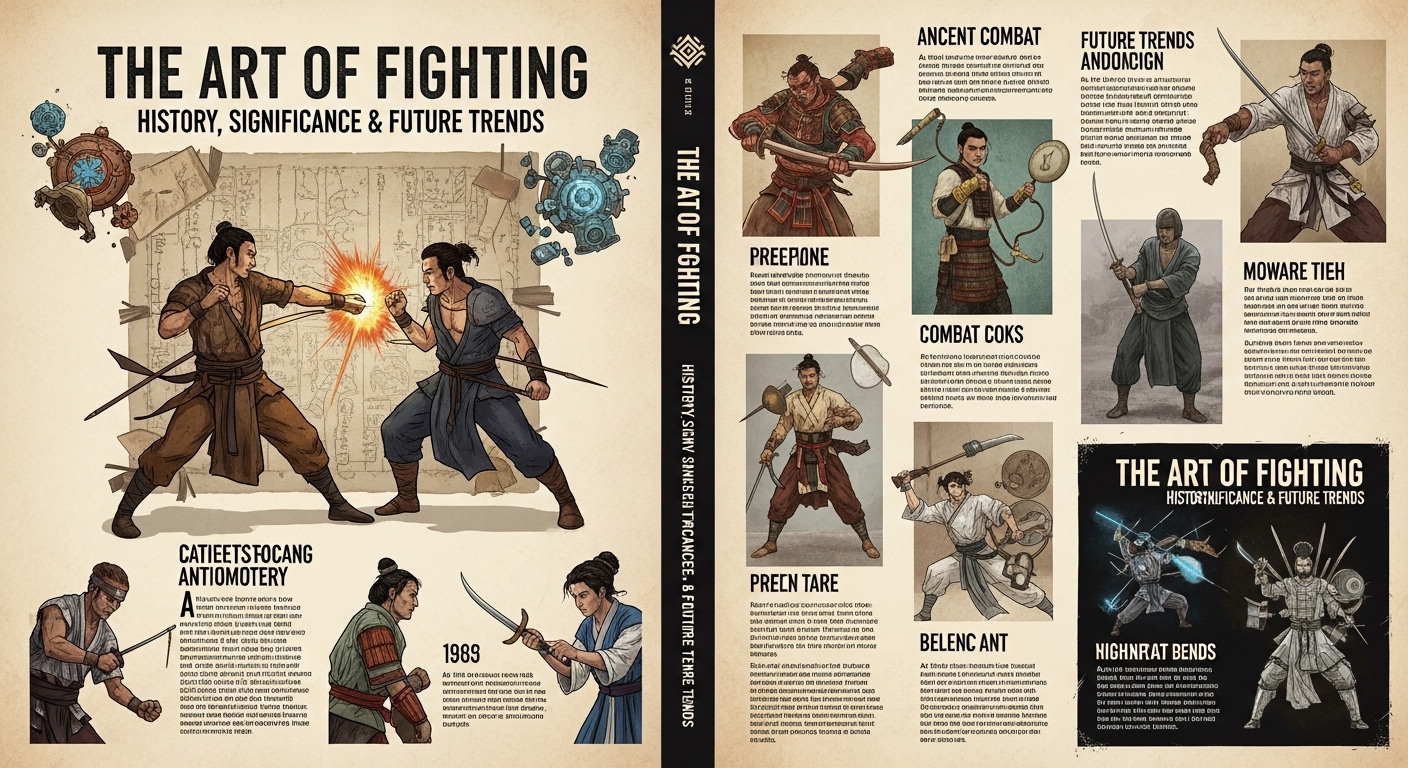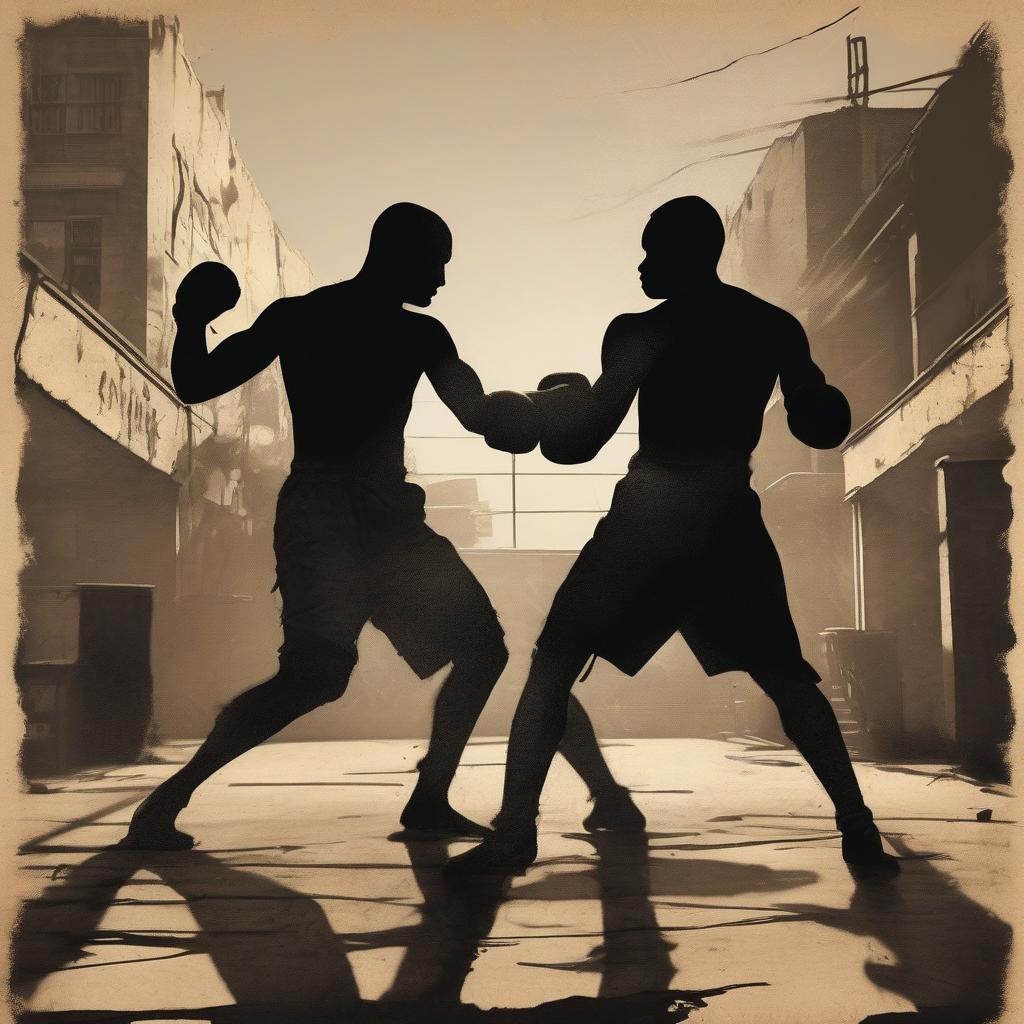Fighting: A Comprehensive Look at the Art and Practice
Introduction
Fighting is a fundamental aspect of human nature that has evolved over centuries. From ancient battles to modern combat sports, the art of fighting has held a prominent place in various cultures worldwide. In this blog post, we will delve into the rich history, significance, applications, and future trends of fighting, exploring how it has shaped societies and individuals throughout time.
The History of Fighting
Fighting has been a part of human civilization since the dawn of time. From hand-to-hand combat in ancient wars to the development of martial arts in different regions, the history of fighting is as diverse as it is fascinating. Ancient civilizations such as the Greeks and Romans practiced various forms of combat, laying the groundwork for the martial arts we see today.
The significance of Fighting
Fighting has always played a crucial role in shaping societies and cultures. It has been used as a means of self-defense, a form of entertainment, a way to settle disputes, and even as a spiritual practice in some traditions. The discipline and dedication required for combat sports like boxing, MMA, and wrestling have inspired individuals to push their physical and mental limits, fostering qualities such as resilience, discipline, and courage.
Applications of Fighting
The applications of fighting are vast and varied, ranging from traditional martial arts to modern combat sports. Martial arts like karate, judo, and taekwondo focus on self-defense techniques and discipline, promoting physical fitness and mental well-being. Combat sports like boxing, kickboxing, and MMA have gained immense popularity for their competitive nature and spectacle, attracting audiences worldwide.
Future Trends in Fighting
As we look to the future, the world of fighting continues to evolve with advancements in technology and training methods. Virtual reality training simulations, wearable technology for monitoring performance, and data analytics for improving fight strategies are just a few examples of how fighting is adapting to the digital age. Moreover, the growing interest in mixed martial arts and combat sports among younger generations suggests that fighting will remain a prominent cultural phenomenon for years to come.
Conclusion
In conclusion, fighting is a timeless art that has captivated individuals and societies for centuries. Its rich history, significance, applications, and future trends reflect the enduring appeal of physical combat as a form of expression, discipline, and entertainment. Whether practiced as a martial art or enjoyed as a spectator sport, fighting continues to inspire and challenge people to push beyond their limits and discover the warrior within.
In a world that is constantly changing, the art of fighting remains a constant reminder of the resilience and determination of the human spirit. As we navigate the challenges of the future, we can draw inspiration from the warriors of the past and present, using their strength and courage to forge our own path forward.


